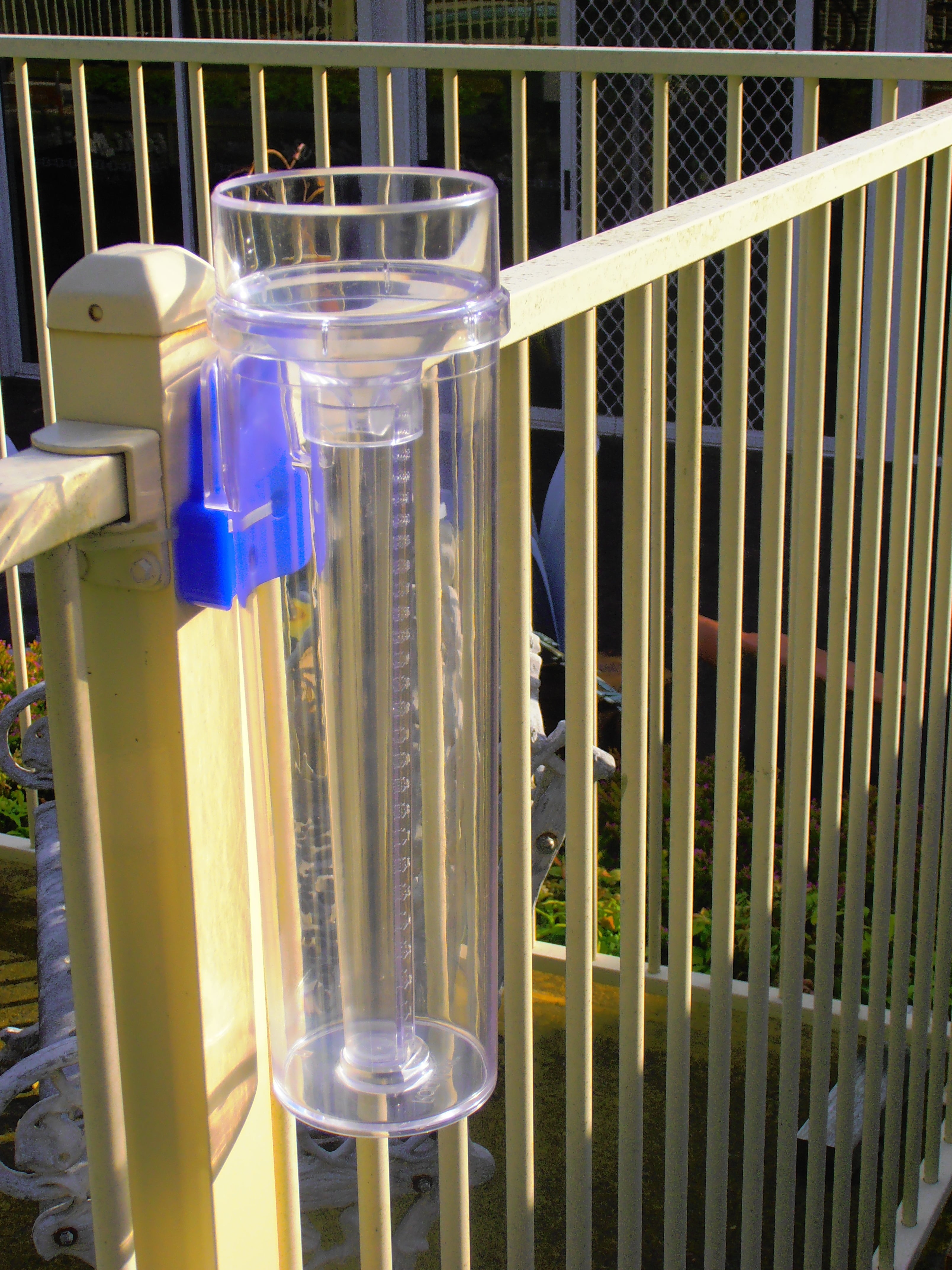The Advantages of Mounting an Accuracy Rain Gauge for Your Weather Station
The Advantages of Mounting an Accuracy Rain Gauge for Your Weather Station
Blog Article
Revealing the Scientific Research Behind Rain Assesses: How These Tools Play an Essential Duty in Climate Research Study and Ecological Monitoring
Rain determines, seemingly basic devices, hold a profound value in the realm of climate study and environmental tracking. These plain tools quietly gather among nature's most crucial aspects-- rainfall. Behind their plain exterior exists a complex science that is important for comprehending the characteristics of our setting. As we peel off back the layers of this clinical shroud surrounding rainfall gauges, we uncover a world where precision, data accuracy, and precise observation converge to unveil a deeper understanding of our changing climate and its influence on the planet.
Importance of Rainfall Scales
Rain evaluates play a vital function in tracking and measuring rainfall degrees, offering vital data for environment research study and analysis. These devices are basic in measuring the quantity of rainfall that takes place in a certain area over a particular duration. By measuring and accumulating rainwater, rainfall assesses offer beneficial insights right into the circulation and intensity of rainfall, aiding meteorologists, hydrologists, and climatologists in recognizing weather condition patterns and fads.
Furthermore, lasting data collected from rain determines assists in examining environment adjustment influences and patterns, contributing considerably to scientific study and decision-making procedures. In essence, rain assesses offer as essential devices in the area of weather forecasting and environmental science, playing a vital function in advancing our understanding of weather condition and climate dynamics.
Kinds Of Rain Scales

Capability and Operation
In the world of climate study and meteorological studies, the performance of rain determines lies in their complex functionality and specific operational mechanisms. Rainfall evaluates are designed to precisely measure the quantity of precipitation that falls over a specific location during a collection period.
The capability of rain gauges is based upon the concept of measuring and gathering rainwater in a standardized fashion. This collected information is essential for recognizing local climate patterns, tracking long-term environment fads, and examining ecological impacts. To make certain accurate dimensions, rainfall evaluates demand to be tactically placed in open areas far from obstructions such as buildings or trees that might hinder the collection procedure.
The operational aspect of rainfall determines involves routine maintenance why not try these out to stop debris accumulation, calibration checks to preserve dimension precision, and information recording for analysis (rain gauge). In general, the capability and procedure of rain gauges are vital for collecting reliable precipitation data crucial to environment research and environmental monitoring
Function in Climate Research Study
Provided the essential importance of accurate precipitation dimensions in recognizing weather patterns and environmental impacts, the role of rainfall determines in environment study is indispensable. Rain gauges provide important data for environment study by evaluating the quantity of rainfall that tips over a details location throughout an offered duration. This data is essential for keeping an eye on long-lasting patterns in precipitation patterns, examining the effect of climate modification on rains circulation, and enhancing climate models.

Climate researchers utilize information collected from rainfall determines to assess variants in rainfall levels, identify local climate fads, and review the performance of water resource management techniques. By comparing historic precipitation information with current dimensions, researchers can find shifts in rainfall patterns, such as changes in the frequency or strength of rainfall events. This details is important for recognizing how environment adjustment is influencing precipitation characteristics and can assist policymakers make educated decisions relating to adjustment and mitigation approaches.
Applications in Ecological Tracking

In flood forecasting, rain scale information helps to track rainfall strength and circulation, enabling authorities to provide timely cautions and take essential actions to alleviate flood risks (rain gauge). Drought surveillance depends on rainfall gauge data to assess dampness levels in the soil and track precipitation deficiencies, assisting in the recognition of drought-prone locations and the application of drought feedback strategies
Moreover, rainfall scale data plays a crucial function in water resource monitoring by supplying info on water availability and use patterns. This data is used to make enlightened choices pertaining to water allowance, preservation procedures, and sustainable water resource preparation. Furthermore, in agriculture, rain scale data aids farmers in enhancing irrigation timetables, plant choice, and overall ranch management methods based upon local rainfall patterns. In general, rain gauges are crucial devices in environmental click tracking, offering important insights that add next to notified decision-making and lasting resource management.
Conclusion
To conclude, rainfall evaluates are crucial tools for determining rainfall, giving important data for environment study and ecological monitoring. With different kinds and capabilities, rain determines play a critical role in comprehending rainfall patterns and their influence on the environment. By precisely gauging rains, these gadgets add to the improvement of scientific understanding and assistance in making notified decisions related to water resource monitoring and calamity readiness.
Rainfall assesses play an essential function in tracking and measuring rainfall degrees, giving essential data for environment study and evaluation. The standard rainfall scale, understood as the "tipping bucket" scale, is one of the most generally used devices. Ultrasonic rainfall assesses usage audio waves to spot the presence of rain, giving real-time data on rainfall degrees.Climate scientists utilize information gathered from rainfall evaluates to analyze variants in precipitation degrees, identify local climate fads, and assess the performance of water source management methods.In conclusion, rainfall gauges are vital devices for measuring rainfall, providing useful information for climate study and environmental tracking.
Report this page